Guide to Buying a Child Car Seat
Useful tips and advice for choosing a child car seat
The stork is ready to land in the maternity ward, bringing along the new member of the family, and preparations for its arrival are expected to peak. Undoubtedly, the list of essentials is long, but among the most important items is the child car seat. This seat will be necessary from the first moment of leaving the maternity ward. After all, according to the law, their use in Europe is mandatory until the age of 12 or until a height of 150 centimeters and a weight of over 36 kilograms (Law 2696, Articles 12 and 33). Let us be prepared in every way, choosing the appropriate child car seat for each stage of our little one's development.

Categories of Children's Car Seats
In order to choose the children's seat that suits your needs, there are a variety of options with many different features. If you want to see our recommendations, you can also read our guide on the best car seats for 2023 for every need.
Children's car seats are categorized according to the following criteria:
The weight of the child for which it is suitable
The height of the child for which it is suitable
The possibility of orientation during installation in the car
The ADAC rating that each seat has achieved
Weight Criterion
The seat should always correspond to the weight of the child. After all, every child car seat was designed and approved based on this criterion and complies with the European regulation ECE R 44/04.
It is important to choose the appropriate according to the weight of your little passenger, in order to provide the necessary safety during transportation in the car.
The table below shows the categorization according to the weight and age of the child.
There are car seats that belong to more than one group and can meet our needs for a longer period of time (e.g. Group 0,0+,1/ Group 1,2/ Group 1,2,3/ Group 0,0+,1,2)

Height Criteria
This factor is based on i-Size, which is a European safety standard for child car seats, based on the child's height (R44/04 regulation) instead of weight. It is the first stage of the new European regulation R129, designed to ensure proper installation of the child seat and maximum safety during car transportation.
The table below shows the categorization based on height, weight, and age of the child.
Orientation Criteria
Depending on the orientation capability of the child seat when installed in the car, we can distinguish the following categories:

They are exclusively placed facing backwards. Such orientation should definitely be the first seat. According to recent pediatric research, it is recommended to choose seats facing backwards until the age of two or until the child exceeds the maximum allowable weight for the seat, as at such a young age the child's neck is not fully developed. Thus, body posture is supported while the head, neck, and spine of the child are more effectively protected in the event of a collision, as the forces are distributed more uniformly throughout the child's body. They are lightweight, portable, and equipped with three or five-point safety belts. Some rear-facing seats can be used as a relax or are suitable for fitting onto strollers. Seats in this category fall under groups 0 and/or 0+.

Car seats that can be installed either rear-facing or forward-facing are known as "multidirectional" seats. Their main characteristic is their ability to adapt to the child's growth, covering more stages than fixed rear-facing seats. They are usually larger in size compared to simpler rear-facing seats. It is important to note that it is recommended to face them forward after the child reaches two years old. If you choose such a seat for an infant, it is important to ensure that it has a five-point harness for additional safety. Multidirectional seats usually belong to groups 0, 0+ and/or 1, covering various heights and weights of children.

They are exclusively forward-facing in the car. Some of these seats do not have their own seat belt, but use the car's seat belt to secure the child. Additionally, some of these models can be converted into booster seats as the child grows and needs to use a regular seat belt. Seats in this category usually belong to one or more of the following groups: Group 1, 2, and/or 3. These categories cover various weight and height ranges for children and offer options for their safe transportation in the car as they grow.

Car seats that are exclusively forward-facing are used to properly elevate the child, allowing them to use the car's seat belt, just like adults. Some of these seats are equipped with armrests for added comfort and safety. They usually belong to one or more of the following groups: Group 2 and/or Group 3, depending on their characteristics. These seats aim to provide the necessary support and safety for children who have outgrown the infant seat phase and are ready to use the car's seat belt in a renewed way. You will often encounter them under the name Booster.
If we choose to place the child car seat in the front passenger seat, we must necessarily deactivate the corresponding airbag.
Placement Criterion
ISOFIX is an innovative system that simplifies the installation and securing of child seats in the car. Instead of using traditional seat belts, it offers a simple and safe way to install the seat using special supports that connect directly to the car's base. This ensures that the child seat is securely fastened, reducing the risk of improper installation. ISOFIX also provides greater safety for children, as the seat will not detach from the base in the event of an accident. It is an important step towards safer transportation of children in cars and represents a technological advancement that facilitates parents and provides additional protection for young passengers.
The child car seat is connected to the car's base using special support connectors located on the seat's frame. These special connectors are mandatory in cars manufactured from 2011 onwards.

More specifically, the Isofix system uses the following anchor points.
- Two ISO supports: Located on the rear seat of the car and usually identified by the metal or plastic symbols that resemble hooks. These supports are used to securely attach the base of the child seat.
- A Top Tether connection: The Top Tether is an additional connection used in certain ISOFIX child seats. This connection reclines the seat backwards and provides additional stability.
- The ISOFIX support leg: It is an adjustable base that connects to the child seat and rests on the car floor. Its role is to provide additional stability and support to the seat, preventing forward movement in the event of an accident or prolonged braking.

Child car seats that use seat belts are also an excellent choice for transporting children in the car. These seats are based on the traditional method of using seat belts, to secure the child and can be installed in any car, providing reliable protection.

ADAC Rating Criteria
The ADAC rating criteria for child car seats is an evaluation system used by the German Automobile Club (Allgemeiner Deutscher Automobil-Club) to assess the safety and performance of child car seats.
The ADAC ratings are reliable and based on rigorous tests conducted with the child seats in real conditions. These tests include the following criteria:
Safety (50%)
Functionality (40%)
Ergonomics (10%)
This means that not only the safety of the seat is evaluated, but also the ease of use for the parent, the comfort for your little one, and the correct installation. The ratings assigned to car seats range on a scale, with higher ratings indicating higher safety and performance, and they serve as a useful tool for parents and caregivers looking for the right child car seat. Below is the ACAB ranking scale with the corresponding symbols, so you can recognize it on the label.
ADAC rating system
Car Compatibility
Before purchasing the child seat, you should make sure that it is compatible with your car. Seats that are suitable for almost all car models are characterized as Universal, as opposed to those characterized as Restricted, Semi-Universal, and Vehicle Specific, which are intended for more specific models. Compatibility refers to the ability of the child seat to be properly installed and secured in the specific car.
The proper installation of the child seat in the car is crucial for the safety of your child. Always follow the manufacturer's instructions for both the child seat and your car, and make sure the seat is securely fastened before starting the journey.

Certifications - Child Seat Labels
All approved child seats from the European Union meet the European standards described in the relevant regulations. According to these regulations, they are categorized, their compatibility with vehicles is checked, and their performance in safety tests, including frontal and rear collisions, is evaluated. Therefore, you should be able to look for the indications to ensure that the child car seat complies with European specifications. Specifically, child seats that comply with the aforementioned regulations have a label in the form of:

Expiration Date and Maintenance Instructions
Maintaining child car seats is crucial for the safety of young passengers in the car. Below you will find some important information regarding the maintenance of child car seats:
- Material Expiration Date: Every child car seat has an expiration date, which is indicated on the seat's label. If it is not specified, you can locate the Production Date, usually found at the back of the seat, indicating when the seat should be replaced according to the manufacturer's instructions. It is a fact that many parents are unaware that they should not use car seats for more than 6-10 years, depending on the model and manufacturer. Construction materials, such as plastic and foam, undergo wear and deterioration over time and under different weather conditions. For this reason, it is recommended not to purchase used child car seats unless you are certain they have not exceeded the recommended lifespan. Buying a new car seat ensures that the product is in excellent condition and can provide maximum safety for your child.
- Seat Inspection: Regularly check the child car seat for wear, tears, damages, or any other issues. If you notice any of these problems, you should immediately replace the seat. Additionally, if you are involved in an accident, the National Highway Traffic Safety Administration (NHTSA) recommends replacing the seat, as it may have incurred internal damages that are not visible.
- Cleaning: Clean the child car seat according to the manufacturer's instructions. Use mild detergent and lukewarm water for fabric cleaning. Avoid using strong detergents or chemicals that may harm the materials. It is recommended for the seat fabric to be cotton, as it reduces sweating on the child's back, especially during summer months, and it should be removable for washing purposes, for hygiene reasons. For added convenience, you can equip your seat with a car seat protector that will keep your seat clean.
- Storage: When not in use, store the child car seat in a dry and cool place, away from extreme temperatures and sunlight.

#SkroutzTips
- Recall - Adjust the recline properly so that the head does not fall forward when sleeping. Some models allow for recline adjustment when the child is already seated, while others require adjustment before placing the child in the seat.
- Metal parts of the seat - Make sure the child does not come into physical contact with the metal parts of the seat, which can become hot when the car is exposed to the sun and cause burns. Choose car accessories such as a cover for the seat or a sunshade for the windows when the car is parked, in order to limit the overheating of the seat.
- Safety belts - The seat's safety belts should be properly adjusted for the child. They should be tight enough to prevent more than one or two fingers from being inserted between the belt and the child's chest. If we use an adult seat belt for the child's safety, the horizontal part should pass through the pelvis (not the stomach), while the diagonal part should pass over the shoulder (not the neck). Always make sure the safety belts are not twisted and check for proper fastening.
- Seat sliding check - After installation, try to move the seat by holding it from the points where it is secured to the car. A correct installation should not allow movement of more than two centimeters in any direction.
- Baby on board: Get the Baby on board sign you like. As road safety experts point out, besides the obvious indication that other drivers should be careful when there is a baby in the vehicle, in case of an accident, rescue teams know that they should first take care of rescuing and securing the baby when they see the relevant sign.
- It is important to choose a child car seat that meets strict safety standards and to install it according to the manufacturer's and your car's instructions.
- Use the child car seat for all journeys without exception. Regardless of the type of child seat, the safety of children in the car is always a priority.

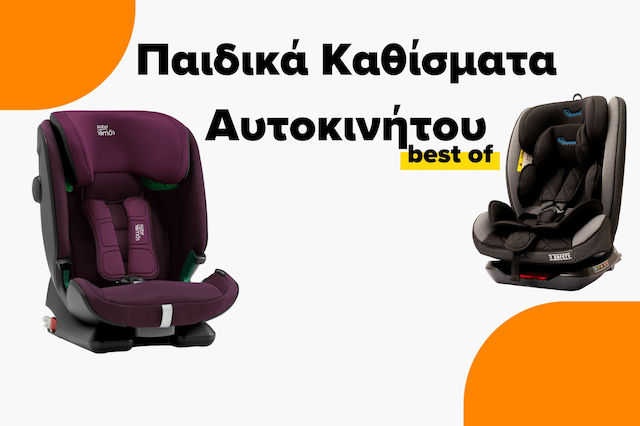


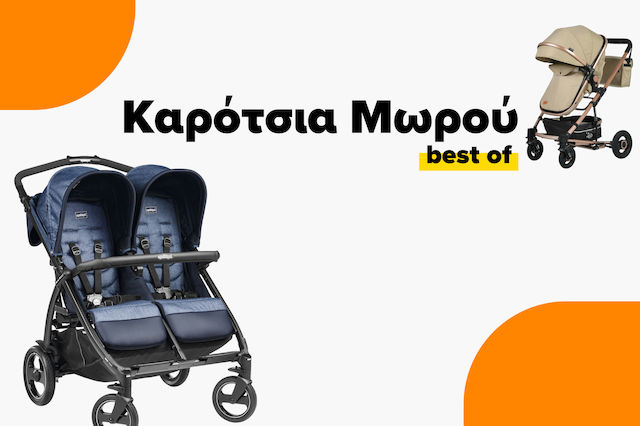
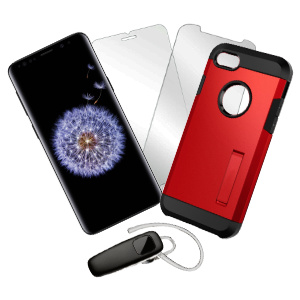
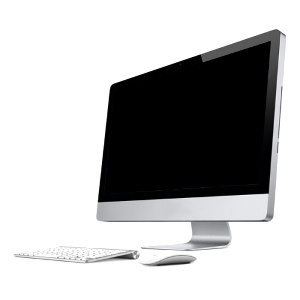
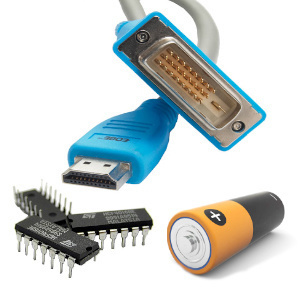
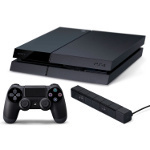
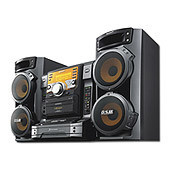
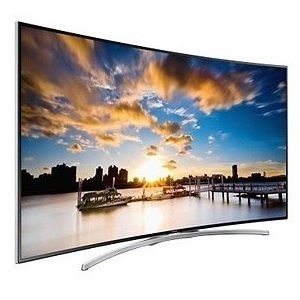
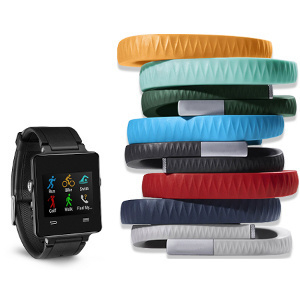
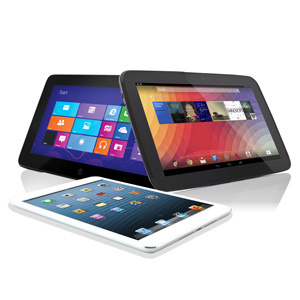
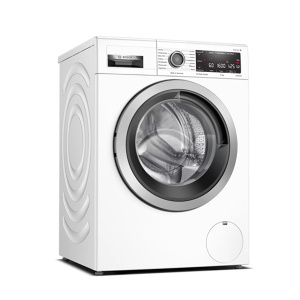
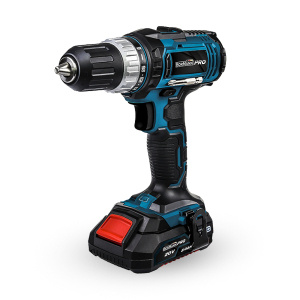
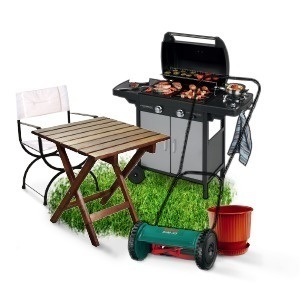

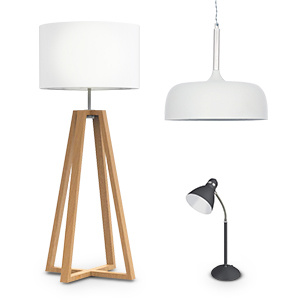
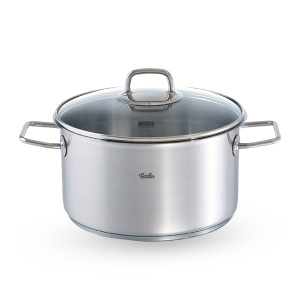

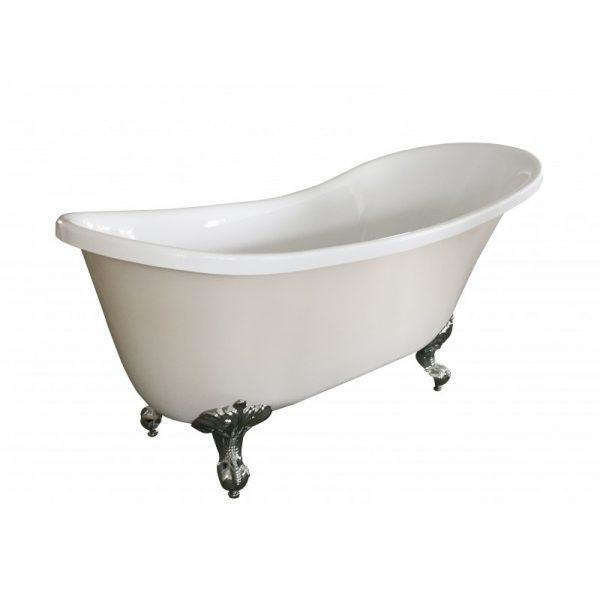
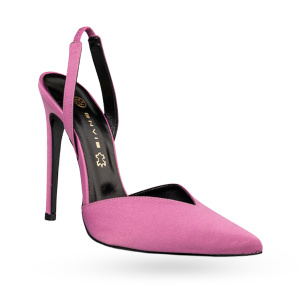
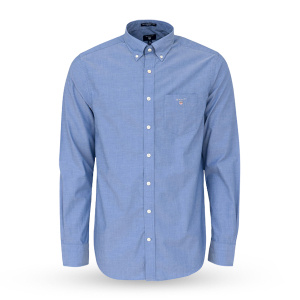

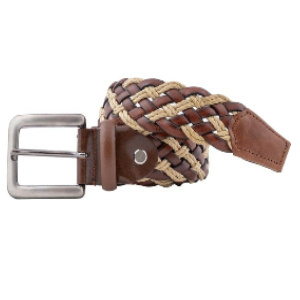

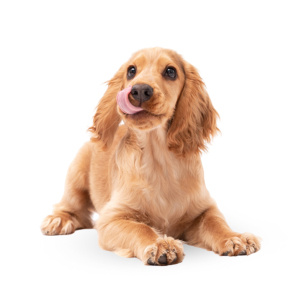

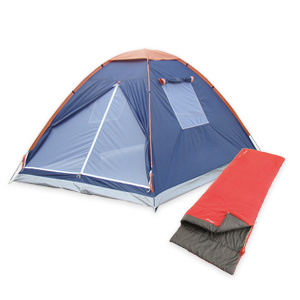
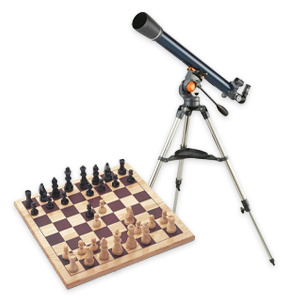
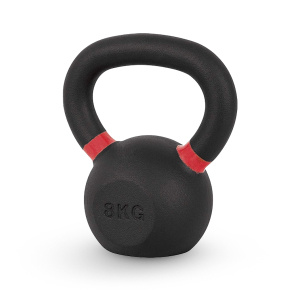
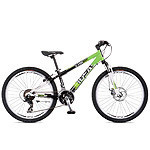
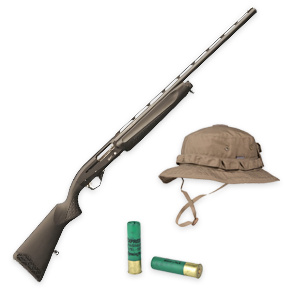


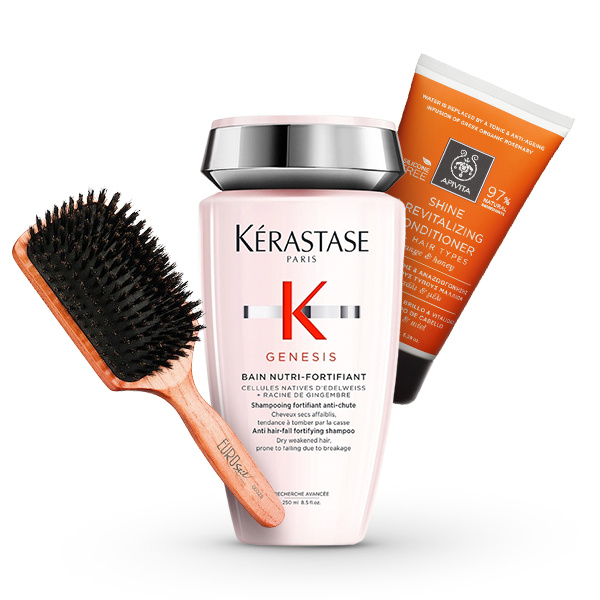
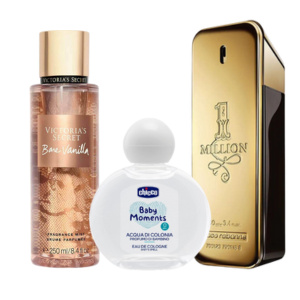
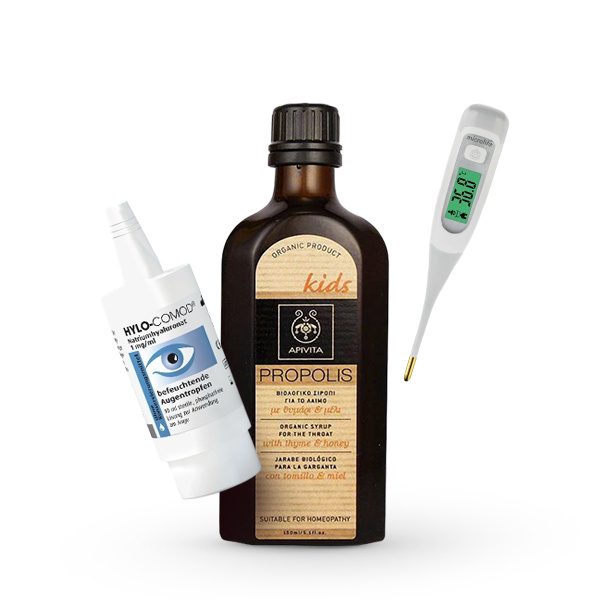


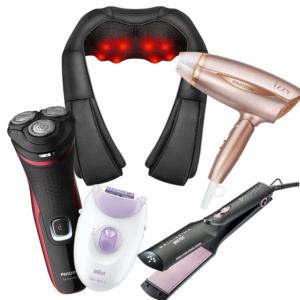



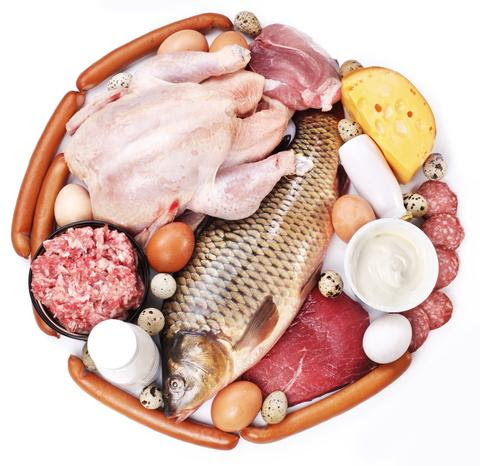
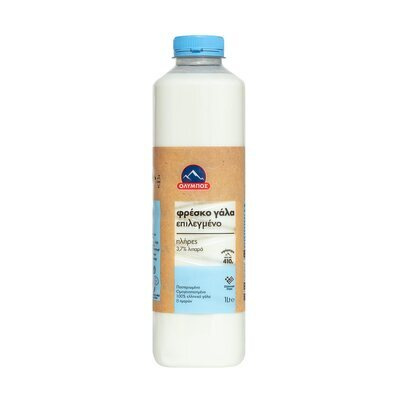


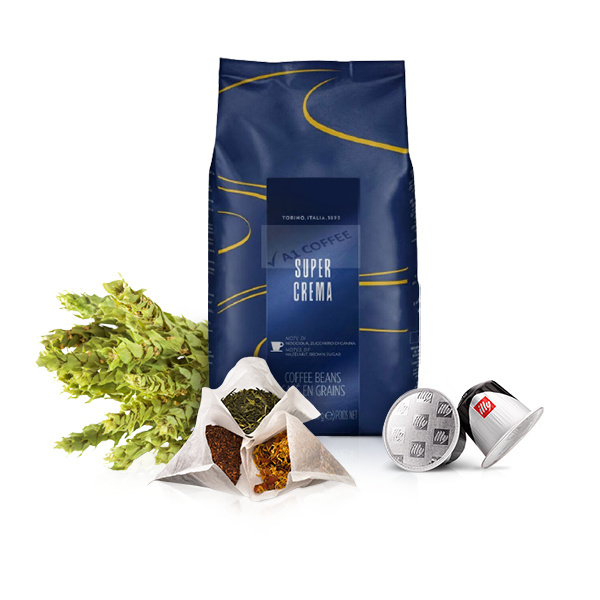

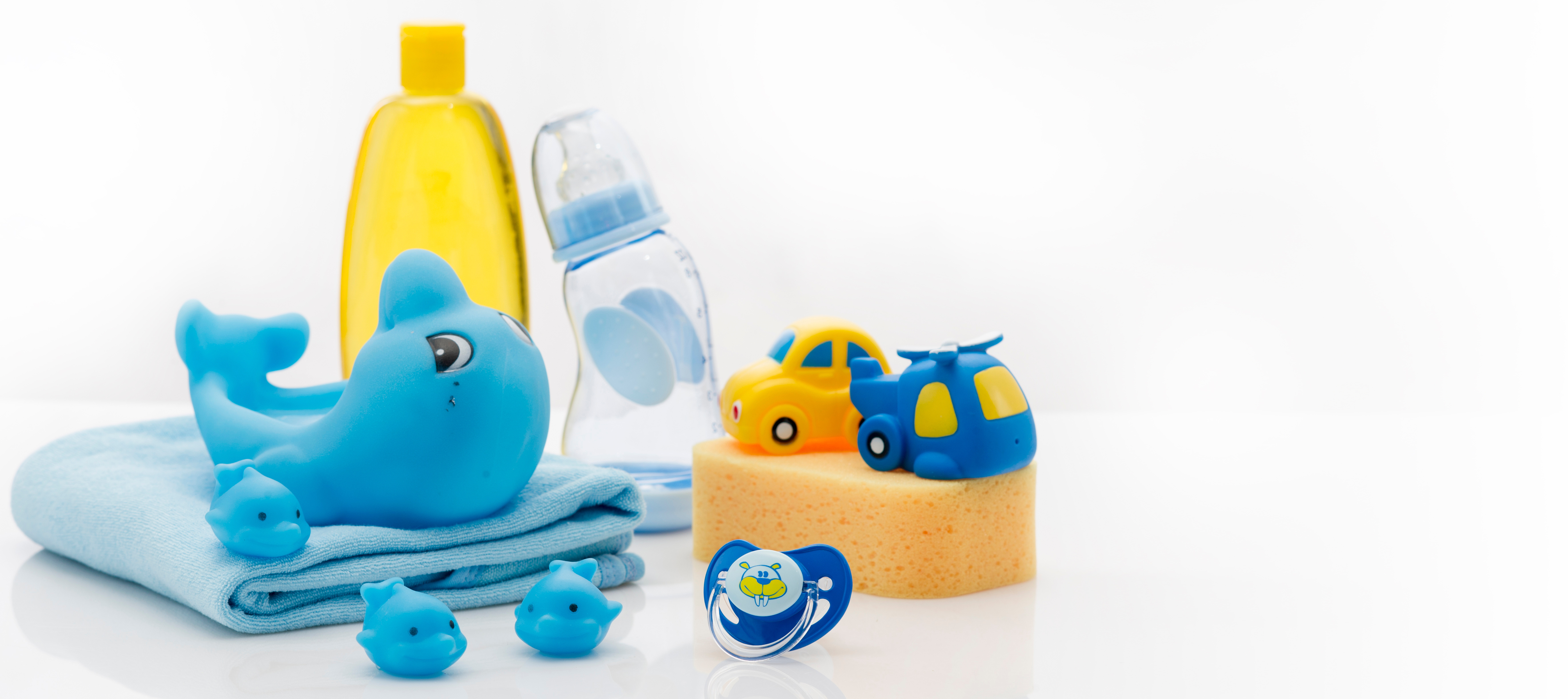
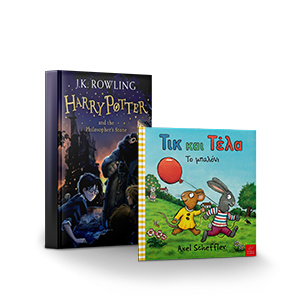
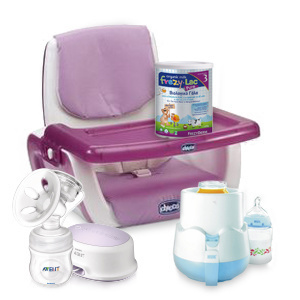
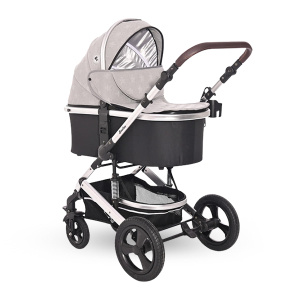

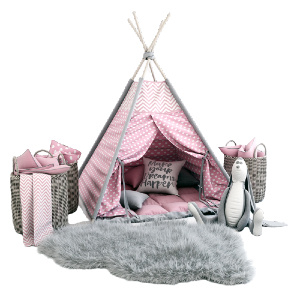
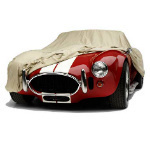
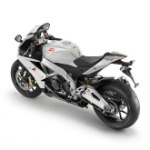



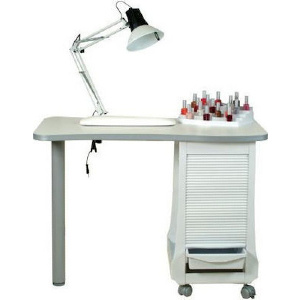
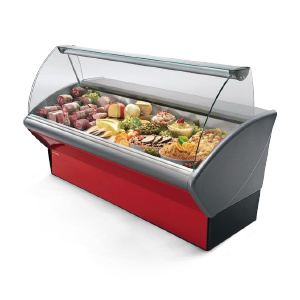
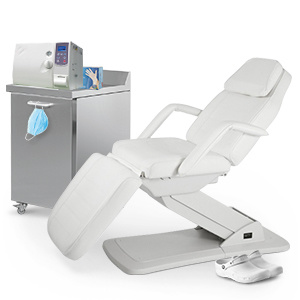
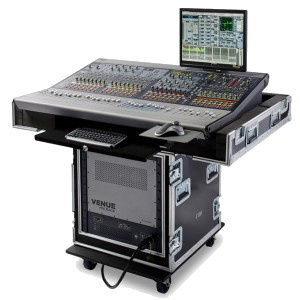
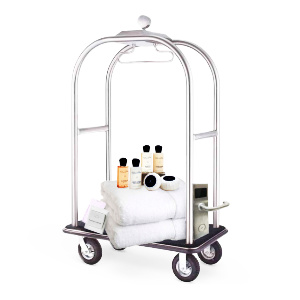
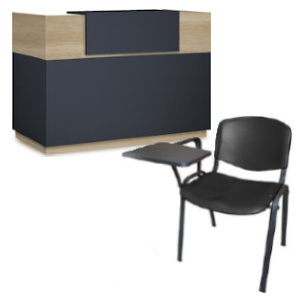






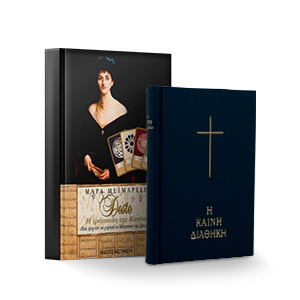


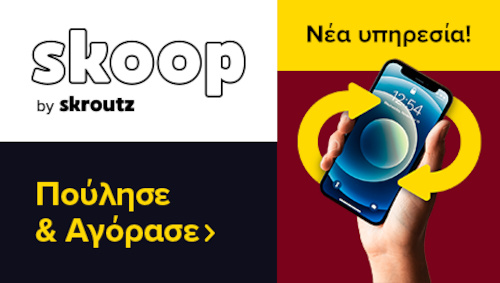

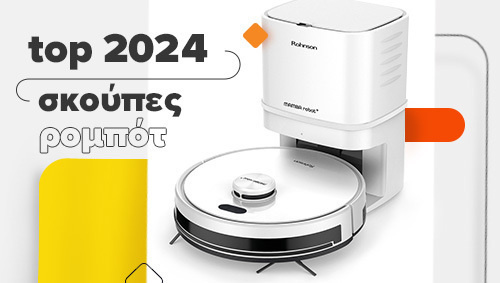
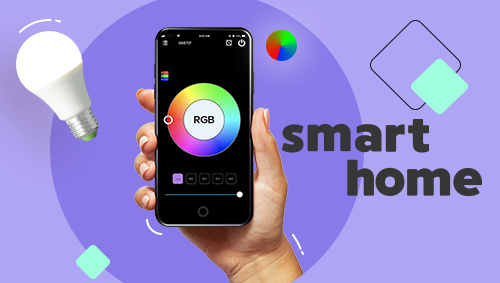
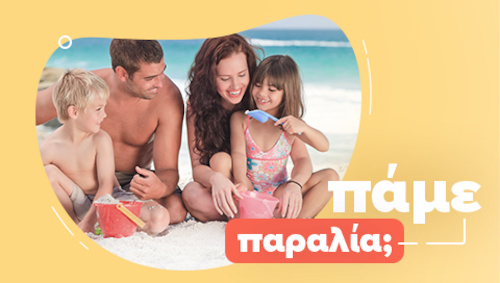





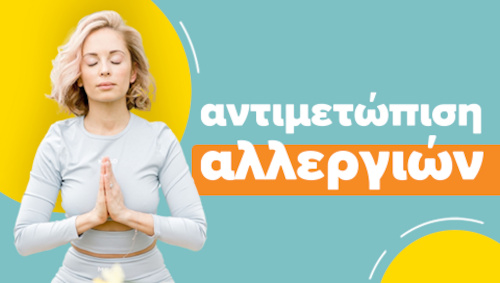
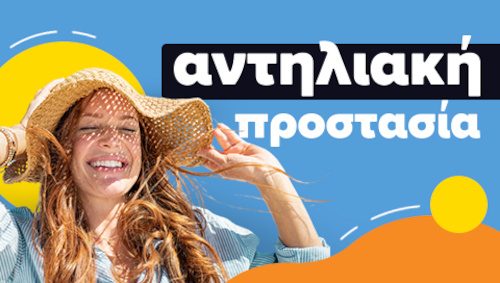
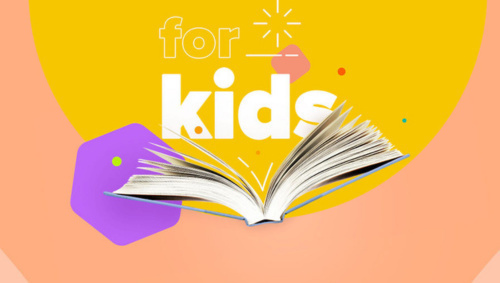



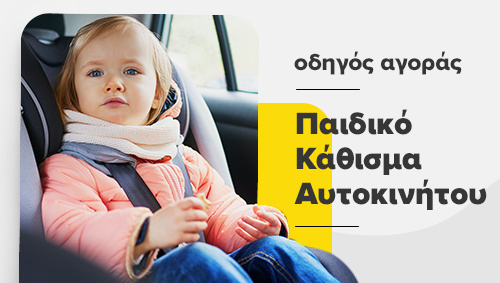
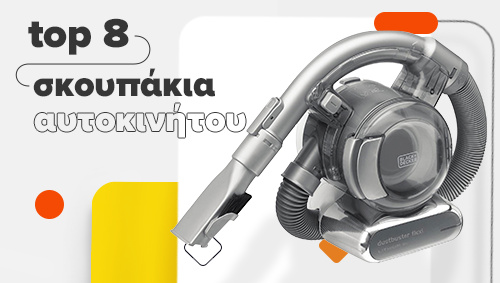
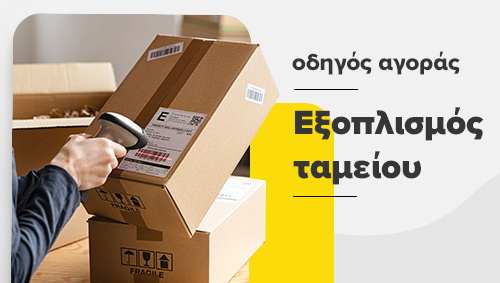


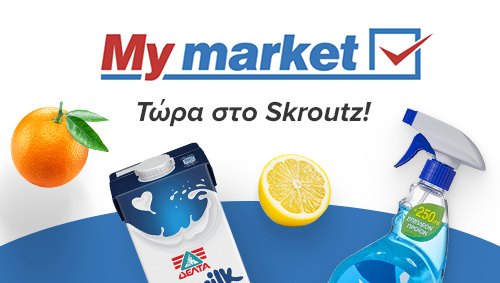


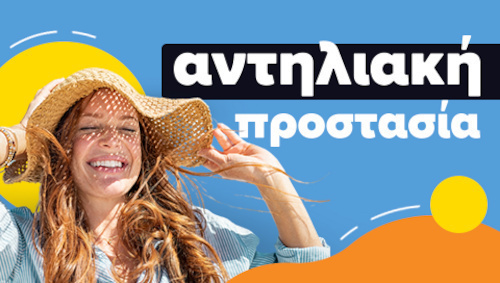

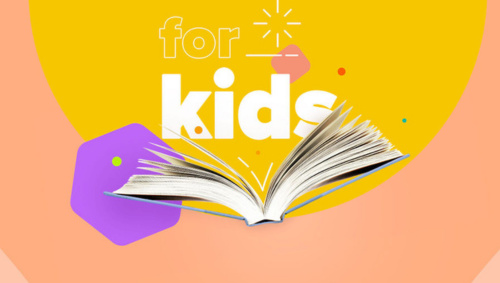



Be the first to leave a comment!